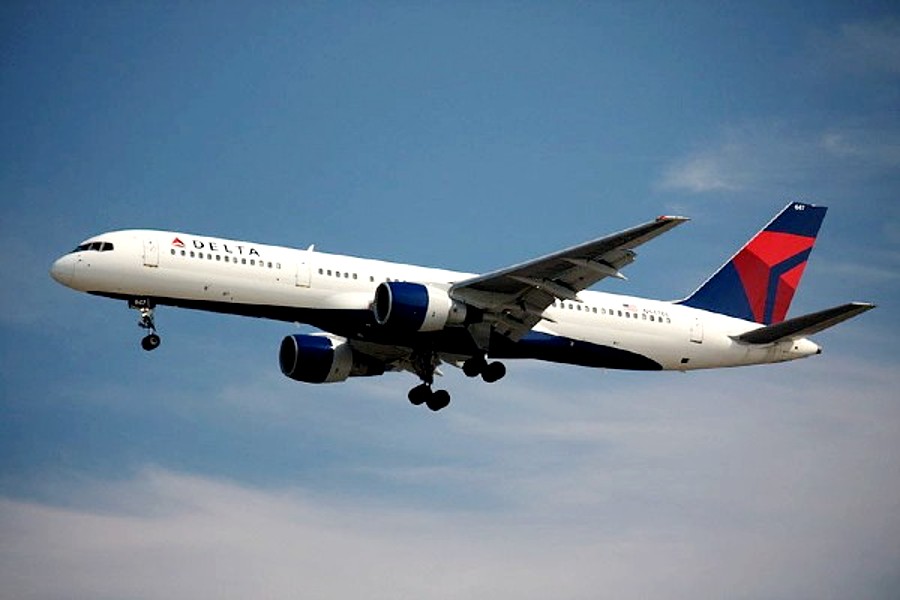
In-Flight WiFi emerged as an innovative solution to provide internet access to travelers while traveling 35,000 feet in the air.
The importance of in-flight WiFi is such that it has become an essential amenity for modern air travelers, as it allows them to stay connected to the internet, be productive and manage their work, and enjoy various entertainment options during their flights.
Providing reliable and fast internet connectivity while flying in the air is not easy; it comes with its fair share of technical challenges. Airlines like Emirates, Etihad, Lufthansa, etc. have worked tirelessly to address and overcome these challenges. In this post, we will explore the technical challenges being faced by airlines while providing in-flight WiFi and have a look at how they are addressing and overcoming these challenges.
Technical Challenges Faced by Airlines in Implementing In-Flight WiFi
Limited Bandwidth and Satellite Connectivity
The first major challenge that airlines are facing is limited bandwidth and satellite connectivity. Since in-flight WiFi services rely on geostationary satellites to provide internet connectivity, these services usually have limited bandwidth. Bandwidth limitations have become a major challenge for airlines, as they prevent them from delivering high-speed Internet to passengers.
When multiple passengers access the network simultaneously, the network becomes congested and the available bandwidth instantly decreases, leading to a slower connection. In addition, maintaining internet connectivity is also a problem because of limited satellite coverage when flying through remote areas or during extreme weather conditions.
Structural and Environmental Factors
The design and structure of aircraft are also major challenges that airlines are trying to address. Since aircraft are made of metal, their design and structure act as barriers and affect the signal strength and coverage of in-flight WiFi. Furthermore, interference from onboard systems, devices, and external sources, such as airports or ground-based communication systems, further decreases the quality of WiFi connections.
Cost Implications
Although in-flight WiFi services like UnitedWiFi have provided an additional source of income for airlines, implementing these services isn’t easy and requires financial feasibility. The initial investments in hardware and infrastructure, along with ongoing maintenance and upgrade costs, require substantial investment, and not every airline can afford to implement these services.
Overcoming Bandwidth and Satellite Connectivity Limitations:
To overcome the challenges of bandwidth limitations and satellite connectivity, airlines are taking several measures. To address the issue of bandwidth limitation, airlines are employing various bandwidth management techniques to manage limited bandwidth more effectively. Airlines prioritize bandwidth usage for critical aircraft applications, such as flight operations and safety systems, to ensure their availability, and for passengers, airlines are implementing data compression algorithms and bandwidth allocation to allow for efficient utilization of available bandwidth.
To address the satellite connectivity challenge, airlines leverage modern-day technologies like High-throughput satellites (HTS) to enhance the available bandwidth and improve internet speeds. Furthermore, airlines are integrating multiple satellite networks and adopting hybrid networks combining satellite and ground-based networks to enable wide coverage and provide a more reliable connection.
Overcoming Structural and Environmental Factors:
Structural and environmental factors also pose a significant hurdle for airlines, and to address these issues, airlines are investing in technologies like adapting antenna systems to adjust reception patterns and maximize signal strength. Airlines are also ensuring the strategic placement of antennas within the aircraft to improve coverage and minimize signal blockage.
Furthermore, to address the signal interference problems, airlines are leveraging shielding and isolation techniques. This involves using materials and designs that reduce signal interference and enhance WiFi signal quality.
Addressing Cost Implications
Since cost feasibility is also a challenge for airlines, they are implementing cost-effective solutions to ensure they can implement and provide in-flight WiFi services. Instead of opting for expensive equipment, airlines are adopting lightweight and cost-effective hardware solutions to reduce the initial investment required for the installation of in-flight WiFi services.
Moreover, airlines are forming partnerships and collaborating with various tech companies to gain infrastructure and resources, further reducing costs and ensuring cost-effective implementation of in-flight WiFi services without compromising quality or coverage.
- Broadway’s Rising Stars Converge: A Day Of Inspiration At Broadway Express y Más
- Adams, Hochul And More Toast $5 Billion Housing Plan: Building Dreams Together!
- Alicia Graf Mack, Dancer, Educator, And Leader Appointed Artistic Director Of Ailey
- Update: More Illnesses Have Been linked To The McDonald’s E. Coli Outbreak
- Bronx: NYWF’s 30th Annual Dinner Honors Community Leadership And Purpose
Become a Harlem Insider!
By submitting this form, you are consenting to receive marketing emails from: . You can revoke your consent to receive emails at any time by using the SafeUnsubscribe® link, found at the bottom of every email. Emails are serviced by Constant Contact









